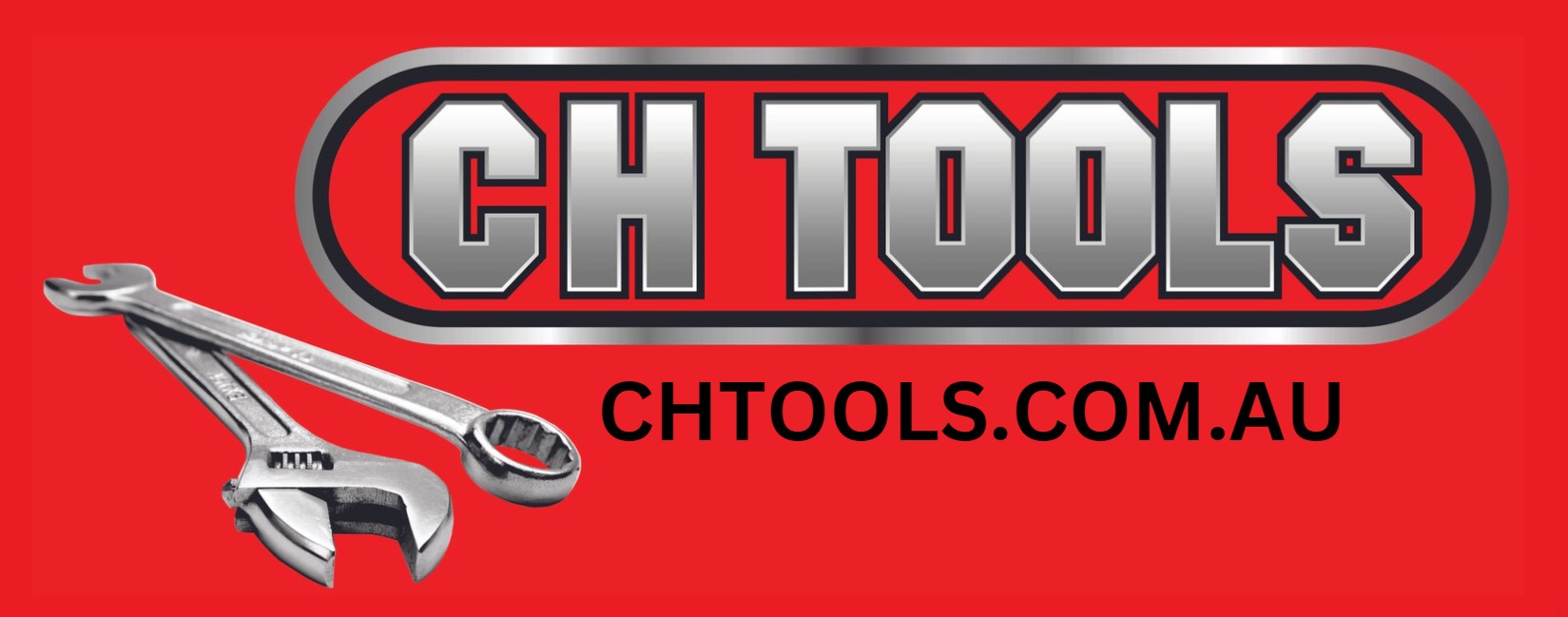Follow us:
Essential Automotive Tools: Empower Your Garage









Guide to Selecting the Correct Automotive Tools and Equipment
Selecting the right automotive tools and equipment is essential for effective vehicle maintenance and repair. Here’s a comprehensive guide to help you choose the best tools and equipment for your automotive needs:
1. Identify Your Needs
- Type of Work: Determine the types of repairs or maintenance you’ll be performing (e.g., general repairs, engine work, diagnostics).
- Vehicle Types: Consider the types of vehicles you’ll be working on (e.g., cars, trucks, motorcycles).
- Frequency of Use: Decide whether the tools will be used for professional work or personal maintenance.
2. Essential Automotive Tools
- Hand Tools: Basic tools required for most automotive tasks.
- Wrenches: Include combination wrenches, adjustable wrenches, and socket sets. Choose based on the types of fasteners and sizes commonly used.
- Screwdrivers: Ensure you have a variety of sizes and types (e.g., flathead, Phillips).
- Pliers: Include needle-nose, slip-joint, and locking pliers for various gripping tasks.
- Hammers and Mallets: Useful for tapping and aligning components.
- Power Tools: Increase efficiency and ease of certain tasks.
- Impact Wrenches: Essential for removing and tightening bolts quickly. Choose between cordless or pneumatic models based on your preference.
- Drills: Useful for drilling holes and driving screws. Opt for a model with variable speed settings and adjustable torque.
- Grinders: For cutting, grinding, and polishing metal parts.
- Diagnostic Tools: Crucial for identifying and troubleshooting vehicle issues.
- OBD-II Scanners: For reading and clearing diagnostic trouble codes (DTCs) and monitoring vehicle performance.
- Multimeters: For testing electrical circuits and components.
- Jacks and Lifts: Necessary for lifting vehicles to access the undercarriage.
- Floor Jacks: Choose based on lifting capacity and ease of use.
- Jack Stands: Provide stable support for vehicles lifted with a jack.
- Car Lifts: For more permanent setups, consider hydraulic or two-post lifts for efficient access to the underside of vehicles.
- Specialty Tools: For specific automotive tasks.
- Brake Tools: Includes brake bleeders, caliper tools, and rotor tools.
- Engine Tools: Such as timing light, compression tester, and valve spring compressor.
- Cooling System Tools: Includes radiator pressure testers and coolant flush kits.
3. Quality and Durability
- Material: Opt for tools made from high-quality steel or alloys for durability and strength.
- Brand Reputation: Choose well-known brands with positive reviews for reliability and performance.
- Warranty: Look for tools with good warranty terms to ensure long-term reliability.
4. Ergonomics and Comfort
- Handle Design: Ensure handles are ergonomically designed to reduce hand fatigue during extended use.
- Tool Weight: Choose tools that are comfortable to handle and appropriate for the tasks.
5. Tool Storage
- Toolboxes and Cabinets: Invest in durable storage solutions to keep tools organized and easily accessible.
- Tool Trays and Organizers: Help in organizing smaller tools and accessories.
6. Safety Features
- Protective Gear: Use safety glasses, gloves, and other protective gear to prevent injuries.
- Tool Safety: Ensure tools have safety features like non-slip grips and proper safety guards.
7. Budget Considerations
- Cost vs. Value: Balance your budget with the quality and features of the tools. Investing in high-quality tools can save money in the long run due to durability.
- Comparative Shopping: Compare different brands and models to find the best value for your needs.
8. Maintenance and Care
- Regular Cleaning: Keep tools clean and free of debris to ensure proper function and longevity.
- Proper Storage: Store tools in a dry, organized manner to prevent rust and damage.
- Routine Inspection: Regularly check tools for signs of wear or damage and replace or repair as needed.
9. Training and Skill Development
- Skill Requirements: Ensure you or your team have the necessary skills and knowledge to use the tools effectively and safely.
- Training Resources: Consider training or tutorials for advanced tools or techniques.
By carefully evaluating these factors, you can select automotive tools and equipment that enhance your repair and maintenance capabilities, ensuring efficiency, safety, and high-quality results.
CONTACT US TO FIND OUT MORE ABOUT THE TOOLS WE RANGE IN-STORE
